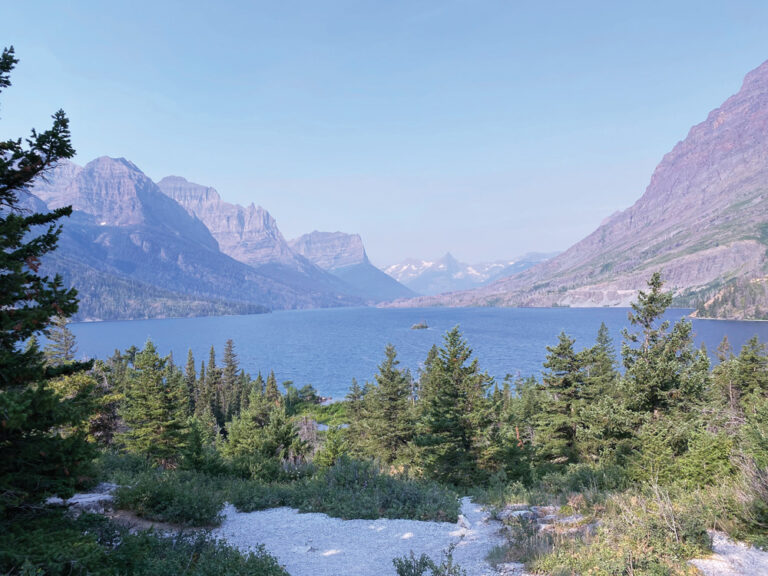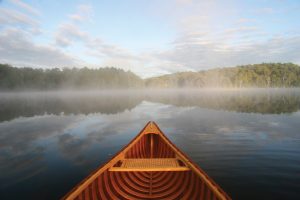Decades ago, it was reasonably easy for an individual to find a place to hunt. A hunter could ask a farmer for permission to hunt their land and have access to a variety of game. Today, that is no longer the case. Unless one grows up in a hunting family or owns property, he or she is going to have a hard time finding a place to continue hunting traditions handed down from generation to generation.
Approximately 97 percent of Illinois land is privately owned. Public land for hunting is limited. This lack of access is the top reason lapsed hunters give when asked why they no longer hunt. According to data provided by the Illinois Conservation Congress in 2009, two-thirds of hunters rely on private land to pursue game, and access to that private land was getting more difficult. The Congress therefore recommended the Illinois Department of Natural Resources (IDNR) develop a public access program on private land.
In 2010, a new federal public access grant in the USDA’s farm bill called the Voluntary Public Access Habitat Incentive Program (VPA-HIP) was announced. The IDNR applied for the grant and was successful, which led to the development of the Illinois Recreational Access Program (IRAP).
The program’s goal since inception has been to increase public access, provide outdoor recreational activities, create recruitment, retention, and reengagement in outdoor recreation, and to improve habitat on private lands. IDNR has received three additional VPA-HIP grant awards since 2011, which has allowed the state to expand IRAP.
There was initially skepticism over whether private landowners would allow strangers onto their property due to liability and safety concerns. IRAP offset those fears by introducing semi-controlled public access (where participants must apply for access and be awarded a specific site) and to provide liability insurance for landowners during IRAP activities.
Another benefit of IRAP to landowners has been assisting them with habitat management by developing a plan and providing cost-share assistance to implement habitat management practices.
IRAP started small, allowing only youth turkey hunting, fishing and hiking. Once established and successful, IRAP added first-time adult spring turkey hunting. As demand for IRAP has grown and landowners have become more comfortable with its success, more hunting activities have been introduced. To date, the program has grown to include more than 27,000 acres in 52 counties leased for:
- youth turkey hunting
- rabbit and squirrel hunting
- adult spring turkey hunting
- waterfowl hunting
- archery deer hunting
- upland game hunting
- youth shotgun deer hunting
- pond and river fishing

Benefits to Illinois hunters
Illinois hunters, both experienced and novice, now have better access to what has become a dwindling resource. Hunters are placed on specific sites via lottery, with youth placed first, then first-time hunters and veterans, and finally, seasoned hunters.
IRAP participants frequently comment on the habitat quality and beauty of IRAP-enrolled properties, noting the abundance of both game and non-game wildlife species. Participants gain access to hunting land, observe greater biological diversity and enjoy truly unique experiences. Unlike hunting public land, they are the only ones allowed access to that specific site.
The registration, application and rules for these participants, and the fact that IRAP staff know who is on the property, helps reassure landowners who may initially have had concerns about allowing access.
Benefits to landowners
Landowners enrolled in IRAP are often the recipient of invasive/non-native species removal, prescribed burns, native plantings, timber stand improvement and more. Habitat management practices can contribute to increased variety of songbirds, greater diversity in plant and animal species, and reduced crop depredation by deer.
IRAP landowners also receive an annual stipend based on their total acres enrolled and which IRAP activities they allow on their property. IRAP acres can be simultaneously enrolled in other private lands programs. In fact, IRAP targets landowners already enrolled in CREP, CRP, the Wetland Reserve Easement Program (WREP), and properties near large metropolitan areas.
Perhaps one of the largest benefits of enrolling in IRAP is its approach to dealing with major infestations of invasive/non-native species like bush honeysuckle, which have become an increasing problem for landowners and land managers in recent years. Removing such species is typically the first step of management plans. An innovative and effective treatment known as aerial spraying is now being utilized to accomplish it.
Cost effective and efficient efforts to spray vast tracts of honey-suckle-infested timber with herbicide from the air were initiated by IRAP staff in 2014. The kill rate of invasive species jumped to 80 percent with the addition of prescribed burns. Although the window to apply aerial spraying can be small and additional “spot-treatments” are sometimes necessary, it provides greater coverage for less money in less time than hand or machine removal.
Habitat management through IRAP can leave a lasting dent in the effort to improve and maintain the quality of one’s timber and grasslands. Conversations between landowners and neighbors about the improved habitat on their property indicate that IRAP is an important part of this growing conservation effort. Many landowners like the idea of a responsible hunter keeping an eye on their property for them, knowing they can report trespassers or other negative occurrences they may observe.
Others like the fact that a youth or first-time adult hunter will have the opportunity to take part in the time-honored tradition of harvesting his or her first deer, turkey or duck. Therein lies one of the biggest advantages for both hunter and landowner – IRAP allows neighbors to be neighborly and gives hunters a chance to cast the sport in a positive light to a world that has mostly lost touch with our hunting heritage.
Learn More
For more information, contact the Illinois Recreational Access Program by email at DNR.Irap@Illinois.gov or visit their website at https://www2.illinois.gov/dnr/conservation/IRAP.









